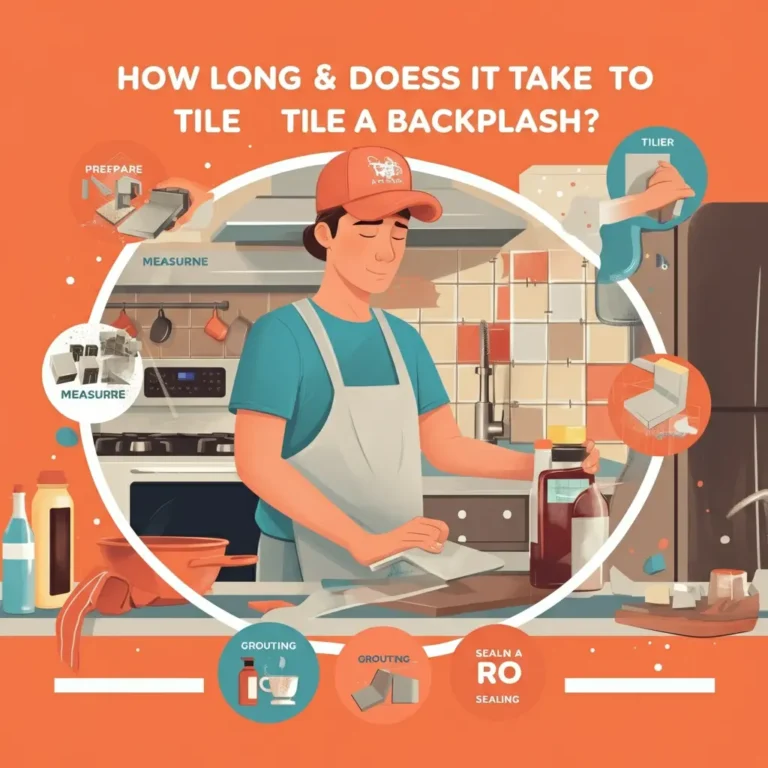How Long Does It Take to Build a Well?
Table of Contents
Introduction
Building a well is not just a significant project; it’s a crucial investment in your property. Whether you’re looking to supply water to a rural home, a farm, or any other property, a well is a vital resource. It’s especially important in areas where municipal water systems are not available, providing a reliable water supply for many households and businesses.
However, if you’re considering the construction of a well, one of the first questions you might have is: How long does it take to build a well?
The timeline for building a well can vary greatly depending on several factors, including the type of well being constructed, the depth required, the terrain, and the tools and equipment used. In this article, we will explore the different types of wells, the factors that affect the timeline, and the steps involved in the construction process. We will also provide insights into how you can speed up the process and the costs associated with well building.
What is a Well and Why is It Important?
A well is an excavation or structure created to access underground water. Wells have been used for centuries to supply water to homes, farms, and industries. The water sourced from wells is typically groundwater, which is water that has seeped down from rain and snow, stored in underground aquifers.
Wells are crucial in areas where surface water is insufficient or unavailable. They provide an essential water supply for drinking, irrigation, and various other needs, especially in remote locations or in places with dry climates.
The construction of a well is an investment in long-term water availability, but it’s not without its challenges. It requires careful planning, the right expertise, and the use of advanced equipment to ensure it’s done safely and efficiently.
Types of Wells and How They Impact Build Time
When it comes to building a well, there are a few different types to consider. The type of well you need will directly influence how long it will take to complete the project.
Dug Wells
Dug wells are one of the oldest types of wells. They are created by digging a large hole in the ground until water is reached. This process can take a considerable amount of time, as the hole has to be dug by hand or with relatively basic machinery.
Dug wells are typically shallow, as deeper wells would require much more effort and time to construct. They are generally only effective if the water table is relatively close to the surface. This type of well can take anywhere from a few days to several weeks to build, depending on the depth and conditions.
Driven Wells
Driven wells are typically used in areas where the water table is shallow. In this case, a long, narrow pipe is driven into the ground using a hammer or a machine. This type of well is quicker to construct than a dug well and is commonly used for residential applications. A driven well can be completed within a day or two.
Drilled Wells
Drilled wells are the most common type of well used today, especially for deeper water sources. A drilling rig is used to bore a hole into the ground to access the water. This type of well is faster to build than a dug well, and it can be drilled to much greater depths.
The time it takes to build a drilled well varies based on depth and conditions, but it generally takes anywhere from 1 day to 1 week. If the water table is particularly deep, the drilling process could take longer.
Factors That Affect How Long It Takes to Build a Well
Several factors can influence the length of time required to build a well. Some of these factors are out of your control, while others can be managed with proper planning.
Well Depth
The deeper the well, the longer it will take to construct. Shallow wells can be dug or driven in a short amount of time, but deeper wells, particularly drilled wells, will require more time. For example, a 100-foot well will take significantly less time to build than a 500-foot one.
Location and Accessibility
If your site is located in an area with difficult terrain or limited access, it may take longer to construct the well. If the location is difficult to reach with heavy machinery or equipment, it may require more manual labour or specialised equipment, which can extend the project timeline.
Type of Equipment Used
The type of equipment used can also affect the time it takes to build a well. A more advanced drilling rig will generally allow for faster drilling compared to older or less efficient machinery. The type of machinery used will depend on the depth of the well, the soil conditions, and the accessibility of the site.
Soil and Geological Conditions
The soil and geological conditions play a huge role in how long it will take to construct a well. If the soil is hard or rocky, drilling will take longer and require more effort. Likewise, if the soil contains significant layers of gravel or boulders, the process will be slowed down.
Weather Conditions
Weather can also cause delays in well construction. It’s important to be aware that heavy rain, snow, or other adverse weather conditions can make it difficult for contractors to work, especially if the work site is outdoors. Being flexible and understanding about potential delays due to weather is an important part of the well construction process.
Average Time to Build a Well
In general, the time it takes to build a well can vary based on the factors discussed above. However, here are some rough estimates based on different well types:
- Dug Wells: Can take anywhere from 1 week to several weeks, depending on the depth and location.
- Driven Wells: Can usually be completed in 1 to 2 days.
- Drilled Wells: Can take anywhere from 1 day to 1 week for typical residential depths, but may take longer for deeper wells.
On average, most wells are completed in about 2 to 4 days, especially if drilling is involved. However, the overall timeline can extend if there are complications or if the well is particularly deep.
The Well Construction Process: Step-by-Step
The process of building a well involves several stages, and each step requires specific expertise and equipment. Let’s break it down:
Site Assessment and Planning
Before any construction begins, a site assessment is conducted to determine the best location for the well. This involves evaluating factors such as accessibility, proximity to other water sources, and soil conditions. A plan is then made based on the type of well to be constructed.
Excavation or Drilling
The next step is the excavation or drilling process, which involves either digging (in the case of dug wells) or drilling into the earth (in the case of drilled wells). This process can take anywhere from a day to several days, depending on the depth and type of well.
Installing the Casing
Once the desired depth is reached, a casing (usually made of PVC, steel, or another durable material) is installed in the well to keep the walls from collapsing. This is an important step that ensures the integrity of the well and helps protect the water supply.
Installing the Pump and Other Equipment
After the casing is in place, a pump is installed to bring the water from the well to the surface. Depending on the type of well, additional equipment such as filtration systems, pressure tanks, and electrical wiring may also be needed.
Common Challenges in Well Construction
There are several challenges that can arise during the well construction process. Some of these include:
- Difficult Soil Conditions: If the soil is particularly tough or rocky, the drilling process can take much longer.
- Access Issues: If the site is hard to reach or there are obstacles in the way, construction may be delayed.
- Water Quality Issues: Sometimes, well water may be contaminated or not as high quality as expected, requiring additional treatment systems to be installed.
How to Speed Up the Process of Building a Well
There are ways to speed up the process of building a well:
- Proper Planning: Planning and choosing the right site for the well can reduce delays.
- Choosing the Right Professionals: Hiring an experienced team with the right tools can significantly speed up the project.
- Faster Equipment: Using more efficient drilling machinery can help reduce the time it takes to drill a well.
Costs Involved in Building a Well
The cost of building a well can vary based on factors such as depth, location, and type of well. On average, digging a well can cost between $1,000 $5,000, while drilling a well typically costs between $3,000 $15,000 or more.
Additional costs may include pump installation, casing, and filtration systems. It’s important to get a quote from a professional well construction company to understand the specific costs for your project better.
Maintenance and Longevity of Wells
Wells typically last for many years, but they do require maintenance to ensure they continue to provide safe and clean water. Regular checks, pump maintenance, and ensuring that the casing remains intact are all important to keep the well functioning.
Frequently Asked Questions (FAQs)
How long does it take to drill a well?
Drilling a well typically takes 1 to 7 days, depending on the depth and geological conditions.
Can weather delays affect well construction?
Yes, adverse weather conditions can cause delays, particularly in outdoor construction projects.
How deep does a well need to be?
The depth of the well depends on the water table in your area. Shallow wells may be only 30-50 feet deep, while deep wells may exceed 100 feet.
How much does it cost to build a well?
Costs vary but typically range from $1,000 to $15,000, depending on the depth, type of well, and location.
How can I find the right professionals to build my well?
Look for well contractors with experience in your area. Check reviews, licenses, and certifications before hiring.
Final Thoughts
Building a well is a complex process that involves careful planning, the right equipment, and expert knowledge. Depending on the type of well, its depth, and the surrounding conditions, the time to build a well can vary from a few days to several weeks. However, with the right team and proper preparation, you can have a reliable and long-lasting water source for years to come.







